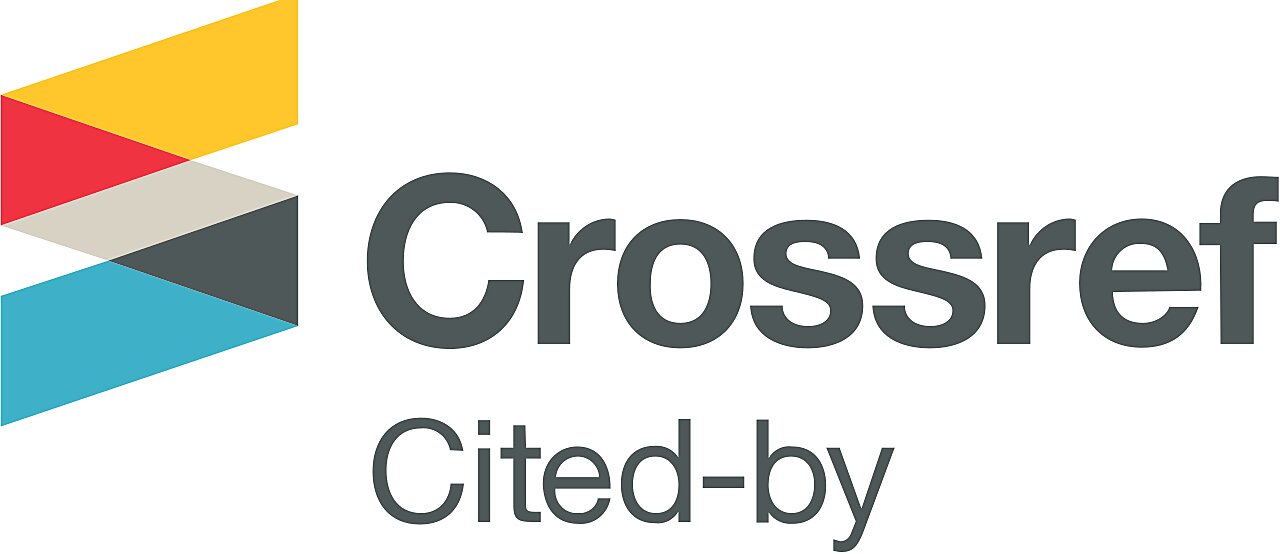
Producción de Coffea arabica Variedad Castillo® en un sistema agroforestal, en el departamento de Santander Production of Coffea arabica Castillo® variety in an agroforestry system, in the department of Santander
Palabras clave

Esta obra está bajo una licencia internacional Creative Commons Atribución-NoComercial-SinDerivadas 4.0.
Resumen
Con el objetivo de identificar la densidad de siembra del sombrío estratificado con el que se obtuviera el mayor rendimiento del café Variedad Castillo®, se realizó una investigación en la finca Villa Sofía, ubicada en la vereda Capellanía, municipio de Charalá, departamento de Santander, a 6° 18´ N y 73° 06´W y altitud de 1.480 m. Las especies de sombra evaluadas fueron Erythrina fusca, Inga densiflora, Inga edulis, Pseudosamanea saman y Albizia carbonaria, establecidas a densidades de siembra de 70, 123 y 278 árboles por hectárea. De los resultados, bajo las condiciones ambientales presentadas durante la época de las evaluaciones y del manejo agronómico de los sistemas de producción, se obtuvo que la mejor respuesta en producción de café (22.382 kg ha-1 de café pergamino seco), se presentó con el componente arbóreo de I. densiflora, P. saman y A. carbonaria, con una distribución espacial a 6,0 x 6,0 m. La producción bajo las especies evaluadas y distribuidas espacialmente a 9,0 x 9,0 m fue similar (12.687 kg ha-1 de café pergamino seco). Con el componente arbóreo establecido a 12,0 x 12,0 m, no hubo respuesta del café.
Biografía del autor/a (Ver)
Referencias (Ver)
- Bote, A. D., & Struik, P. C. (2011). Effects of shade on growth, production and quality of coffee (Coffea arabica) in Ethiopia. Journal of Horticulture and Forestry, 3(11), 336–341. https://doi.org/10.5897/JHF.9000045
- Fahl, J. I., Carelli, M. L. C., Vega, J., & Magalhães, A. C. (1994). Nitrogen and irradiance levels affecting net photosynthesis and growth of young coffee plants (Coffea arabica L.). Journal of Horticultural Science, 69(1), 161–169. https://doi.org/10.1080/14620316.1994.11515262
- Farfán, F., & Jaramillo, A. (2009). Sombrío para el cultivo del café según la nubosidad de la región. Avances Técnicos Cenicafé, 379, 1–8. http://hdl.handle.net/10778/376
- Farfán, F., & Sánchez, P. M (2016). Densidad de siembra del café variedad Castillo en sistemas agroforestales, en el departamento de Santander Colombia. Revista Cenicafé, 67(1), 55–62. http://hdl.handle.net/10778/678
- Farfán, F. (2014). Agroforestería y sistemas agroforestales con café. Cenicafé. http://hdl.handle.net/10778/4213
- Farfán, F. (2016). Sistemas agroforestales para establecer en la finca cafetera. Avances Técnicos Cenicafé, 474, 1–8. http://hdl.handle.net/10778/4214
- Friend, D. J. C. (1984). Shade adaptation of photosynthesis in Coffea arabica. Photosynthesis Research, 5(4), 325–334. https://doi.org/10.1007/BF00034977
- Kumar, D., & Tieszen, L. L. (1980). Photosynthesis in Coffea arabica. I. Effects of Light and Temperature. Experimental Agriculture, 16(1), 13–19. https://doi.org/10.1017/S0014479700010656
- Lin, B. B. (2007). Agroforestry management as an adaptive strategy against potential microclimate extremes in coffee agriculture. Agricultural and Forest Meteorology, 144(1–2), 85–94. https://doi.org/10.1016/j.agrformet.2006.12.009
- Lin, B. B. (2010). The role of agroforestry in reducing water loss through soil evaporation and crop transpiration in coffee agroecosystems. Agricultural and Forest Meteorology, 150(4), 510–518. https://doi.org/10.1016/j.agrformet.2009.11.010
- Morais, H., Caramori, P. H., Ribeiro, A. M., Gomes, J. C., & Koguishi, M. S. (2006). Microclimatic characterization and productivity of coffee plants grown under shade of pigeon pea in Southern Brazil. Pesquisa Agropecuária Brasileira, 41(5), 763–770. https://doi.org/10.1590/S0100-204X2006000500007
- Siles, P., Harmand, J. M., & Vaast, P. (2010). Effects of Inga densiflora on the microclimate of coffee (Coffea arabica L.) and overall biomass under optimal growing conditions in Costa Rica. Agroforestry Systems, 78(3), 269–286. https://doi.org/10.1007/s10457-009-9241-y
- Soto, L., Perfecto, I., Castillo, J., & Caballero, J. (2000). Shade Effect on Coffee Production at the Northern Tzeltal Zone of the State of Chiapas, Mexico. Agriculture Ecosystems and Environment, 80(1-2), 61–69. https://doi.org/10.1016/S0167-8809(00)00134-1
Artículos más leídos del mismo autor/a
- Fernando Farfán-Valencia, Gabriel Fernando González, Densidades y ciclos de renovación del café en un sistema agroforestal en el departamento de Norte de Santander , Revista Cenicafé: Vol. 71 Núm. 2 (2020): Revista Cenicafé







